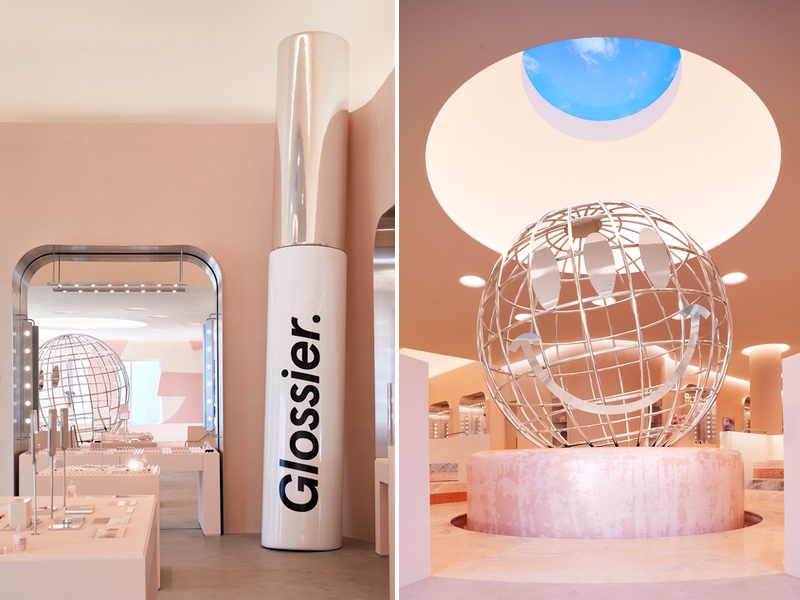In the first few weeks of 2023, direct-to-consumer brands faced a variety of obstacles, including the effects of inflation and rising business costs. Everlane, Wayfair, and Warby Parker have announced additional waves of layoffs in an effort to reduce expenses, while other firms have hiked pricing due to higher manufacturing and delivery costs. The question is, what does it take for a direct-to-consumer brand to succeed in today’s retail environment? To thrive, brands must have an appealing objective and meet people where they are buying. To do this, many digitally native firms have transferred their operations offline and into brick-and-mortar via pop-up stores or permanent locations. Allbirds has launched multiple locations throughout the years, Glossier and ThirdLove have just expanded into physical retail, and Warby Parker has just under 200 stores as of November. For organisations aiming to recruit and keep consumers, physical sites may serve as an extra marketing channel. Loops, Casper, and Allbirds have also signed wholesale agreements to get their products in front of buyers.




